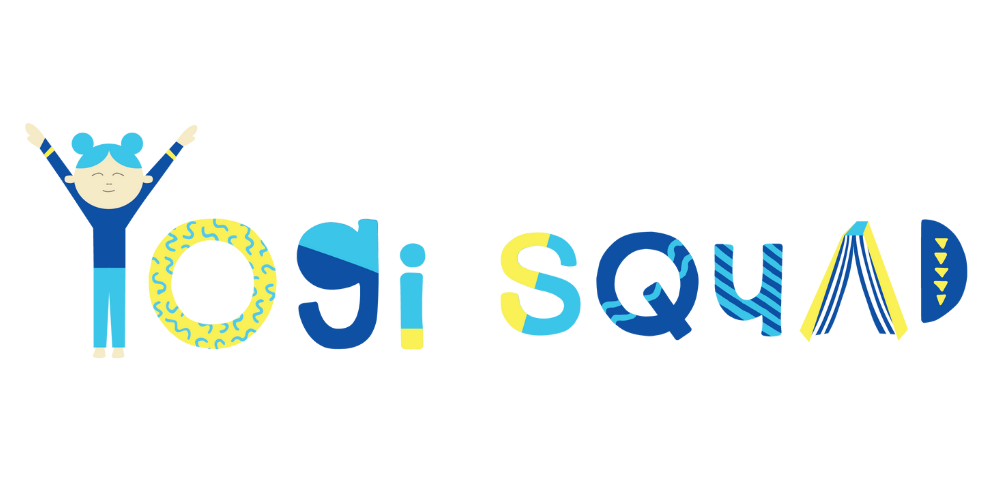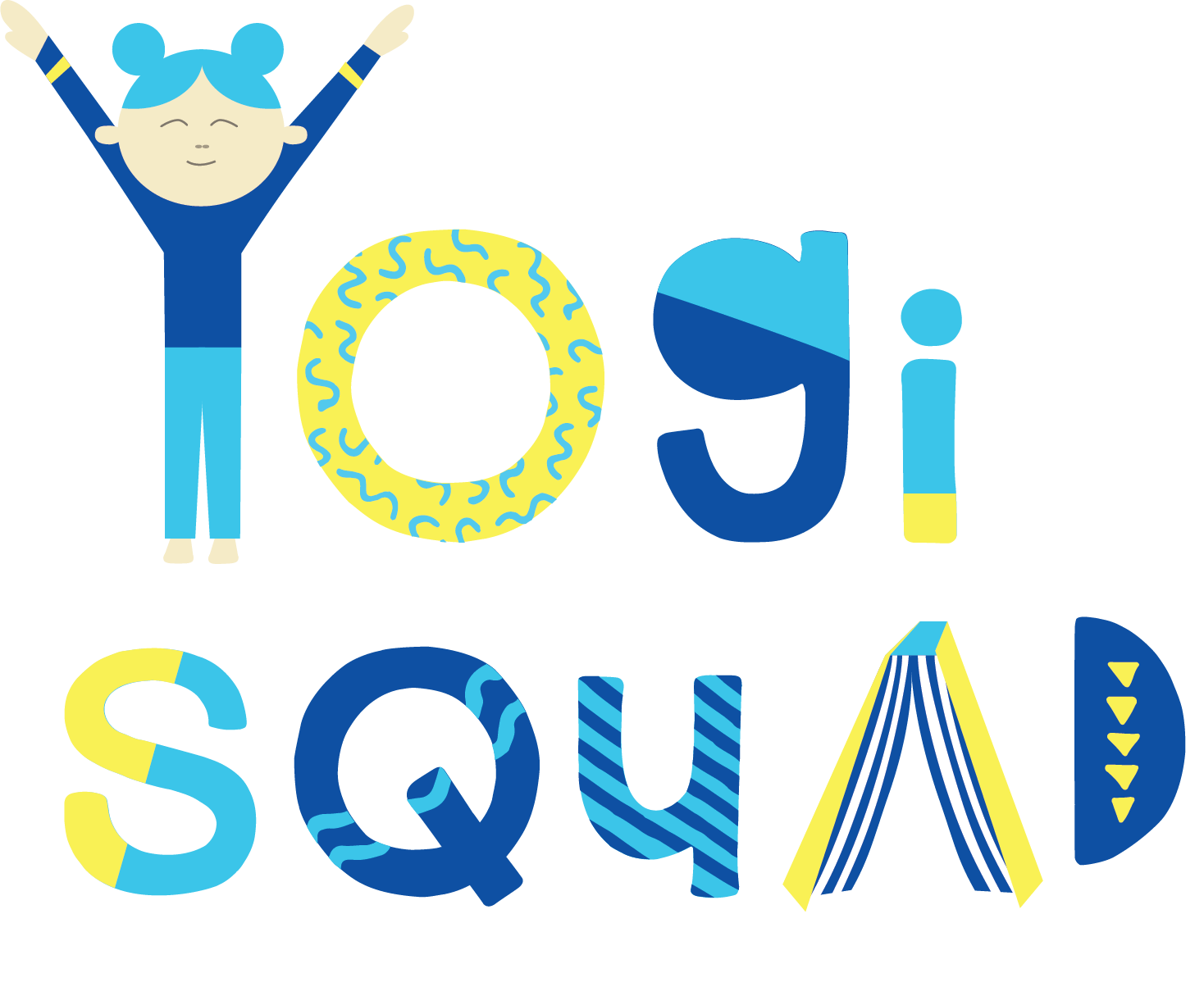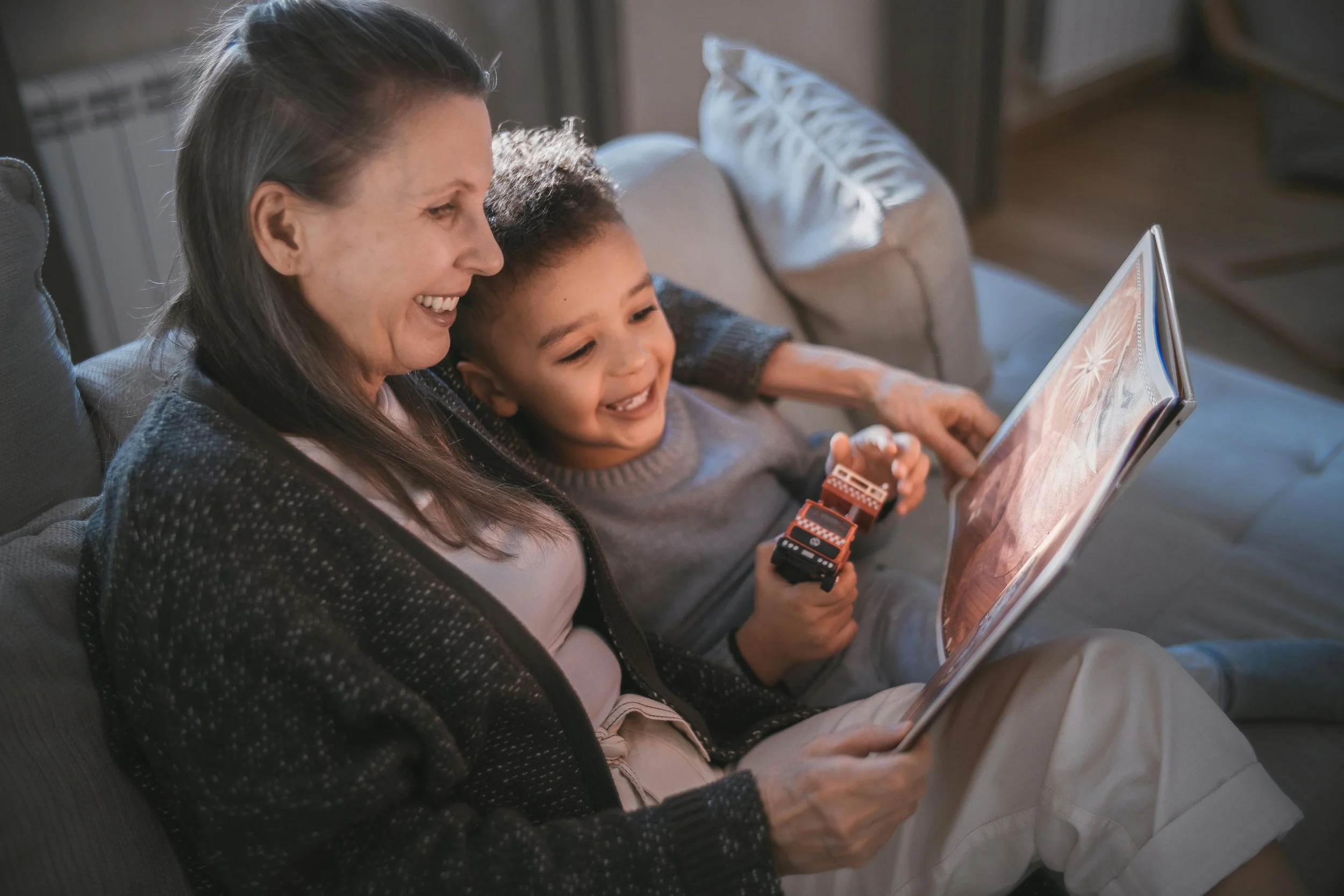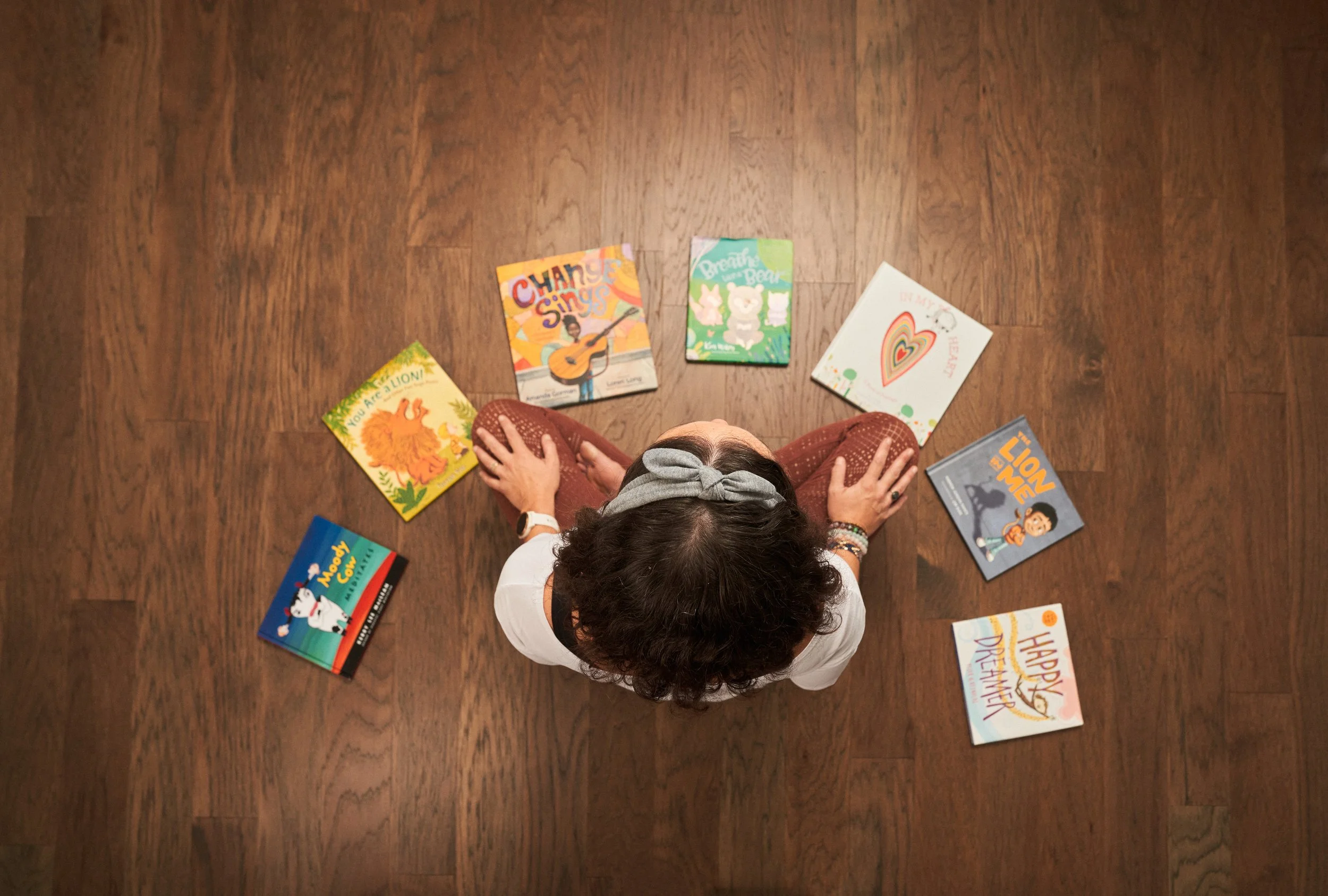Why Animating Books is a Disservice to Young Readers (and What to Do Instead)
Parent reading with a child
Screens Are Everywhere — But Not All Screen Time Supports Reading
We live in a world where screens are part of daily life — in our hands, classrooms, and even at bedtime.
But not all screen time is created equal.
One growing trend that frustrates parents, educators, and literacy advocates alike is the rise of animated children’s books — digital videos that turn picture books into cartoons.
At first glance, these videos might seem like a fun, educational way to introduce kids to stories.
But let’s be honest: if a book becomes a show, is it still reading?
Let’s explore why this type of screen time can harm early literacy and how we can use screens in more intentional ways to support reading development, comprehension, and imagination.
The Problem with Animated Book Videos
When you animate a book, you strip away one of the most essential parts of the reading experience: imagination.
Reading isn’t just about absorbing a storyline. It’s about seeing the characters in your mind’s eye, feeling the rhythm of the language, and developing focus and comprehension skills through engagement with the text.
When everything is animated — characters bouncing, voices exaggerated, flashy sound effects at every turn — the book is no longer asking anything of the reader. It’s doing all the work for them.
Here’s why that’s a problem:
1. It Discourages Active Reading
There’s a big difference between reading and watching.
Real reading builds focus, language skills, and memory. Animated books turn reading into passive entertainment—more like watching TV than engaging with a story.
2. It Doesn’t Build Core Literacy Skills
Vocabulary development, fluency, and comprehension don’t grow when a child watches instead of reads.
In fact, a 2019 study published in JAMA Pediatrics found that preschoolers with more screen exposure showed delays in expressive language and early literacy development.
Even when animated books seem educational, they often don’t support the brain’s natural reading processes.
3. It Replaces the Parent-Child Reading Bond
Shared reading time is critical for early literacy. When a book is animated and "performed," it often removes the adult from the experience.
Instead of snuggling up with a parent or teacher and reading together, children are being handed a screen.
That’s a loss not only for literacy but also for emotional development.
4. It Promotes Unhealthy Screen Habits
Animated book videos can easily lead to binge-watching. One video turns into ten.
These overstimulating experiences aren’t aligned with healthy screen time for kids or the calm, focused environment needed for reading comprehension.
Screen Time Isn’t Going Away — So Let’s Use It Better
Child using tablet
We’re not anti-screen. We’re pro-purposeful screen time.
The goal isn’t to eliminate screens. It’s to use digital tools that actually support reading skills and healthy attention spans.
Here’s how to choose educational screen time that encourages early reading habits:
✔️ Stick to Real Books
Look for videos that show real pages and follow the book closely, without unnecessary animations.
✔️ Include On-Screen Text
Reading along builds fluency. Read-aloud videos with bouncing or highlighted text help kids connect spoken words to written language, supporting fluency and decoding.
✔️ Avoid Overstimulation
Skip the flashy effects. Calm narration and original illustrations keep the focus on the language.
✔️ Watch With Your Child
Make it interactive.
Ask questions, point to words, and pause the video to talk.
When screen time becomes interactive, it supports language development and connection.
10 Screen Time Alternatives That Promote Real Reading
Must Read Books
Here are some amazing tools, videos, and platforms that encourage reading the right way:
1. Yogi Squad’s Must Read Books Channel
A REAL librarian, reading REAL books. No animations, no gimmicks. Just a calm, clear read-aloud video for kids with bouncing word captions so kids can follow along. It’s the gold standard for screen-based literacy support.
2. Storyline Online
Celebrity read-alouds paired with original illustrations from the book.
While slightly more polished, it still respects the book and reading process.
3. PBS Kids Reading Games
Interactive phonics and story-based games that build reading comprehension and vocabulary, not cartoons disguised as books.
4. Vooks (Use Sparingly)
This platform animates books but in a more subtle, respectful way. Best used with parent guidance and real book follow-ups.
5. Starfall Reading Videos
Early learners can engage with basic reading concepts through simple songs and interactive reading without overstimulation.
6. Read-Aloud Revival Podcast & Videos
For parents and educators, these are fantastic for learning how to cultivate a love of books and reading at home.
7. National Geographic Kids
Short, nonfiction reading materials paired with imagery. Great for reading engagement without overstimulation.
8. Epic! Books for Kids
An expansive digital library with thousands of real books available for reading on tablets and devices. It tracks reading and keeps kids engaged with books instead of animations.
9. Khan Academy Kids (Reading Section)
Includes read-aloud books with highlighted text and prompts for understanding vocabulary and context.
10. Local Library Digital Storytimes
Check if your local library offers real-time or recorded storytimes with librarians. Many follow the same no-frills, literacy-first approach.
Final Thoughts: Real Readers Deserve Real Books
Animated books may look fun, but they often undermine reading development.
They blur the line between entertainment and literature and don’t help kids develop the skills they need to become strong, independent readers.
Let’s bring back the joy of turning a page.
Let’s choose screen time that supports reading, not substitutes for it.
Let’s sit beside our kids and listen to the story together.
📚 Start today with the Must-Read Books Playlist — a screen time experience that sparks imagination, encourages focus, and celebrates the simple joy of a book, a voice, and a story worth hearing.




